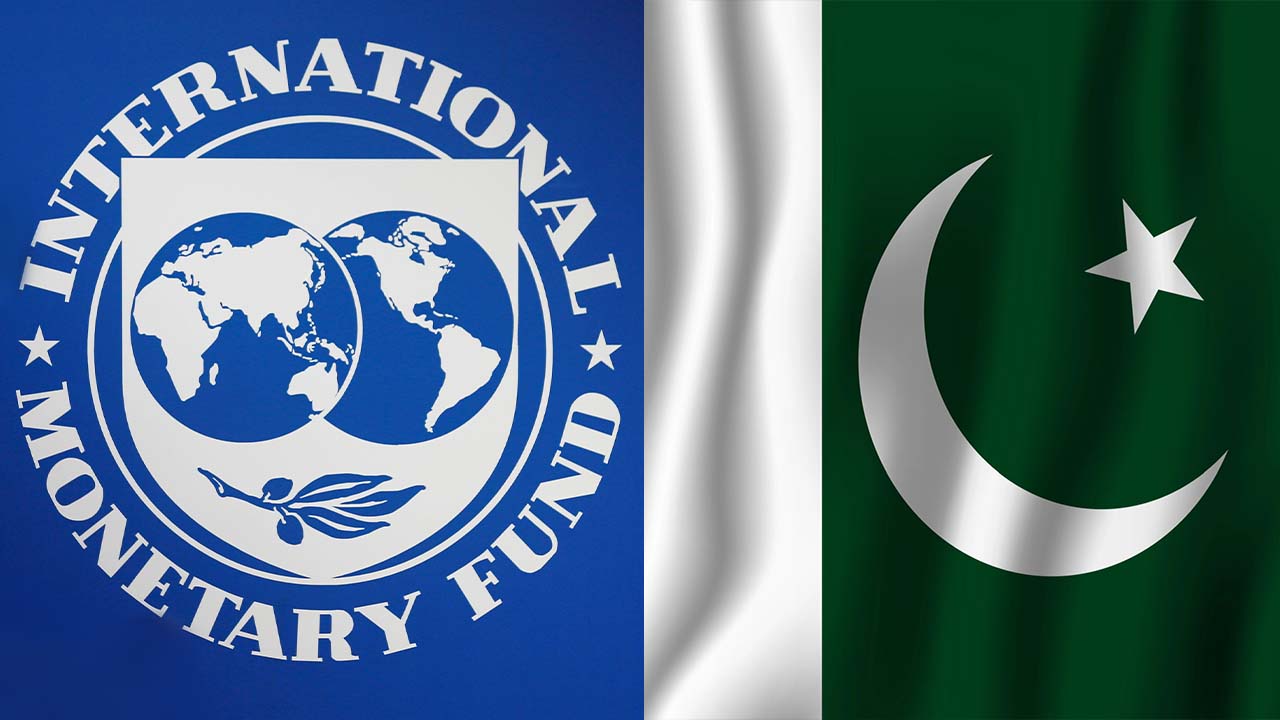Dr Shabana Safdar Khan
In recent years, one undeniable reality has become clear when examining the headlines related to climate change: the severity of climate-related disasters is far outpacing the solutions and financial resources needed to tackle them. This glaring issue is especially evident in Pakistan, where a combination of recurring floods, heatwaves, climate-induced displacement, and rapid glacial melt presents an ever-growing threat to its population and ecosystems. Unfortunately, adaptation efforts, governance mechanisms, and financial support remain insufficient, exacerbating the country’s vulnerability to climate disasters.
A prime example of the country’s struggle to address climate-induced challenges can be found in Karachi, Pakistan’s largest city and a key economic hub. According to the UN’s recent Urban Transformation in Asia and the Pacific report, Karachi is expected to experience the second-highest influx of climate-induced migration in the region, with an estimated 2.4 million people moving to the city by 2050 if global temperatures rise 1.5°C above pre-industrial levels. The devastating impacts of climate change are already being felt, with increased flooding, heatwaves, and sea-level rise, all of which will exacerbate migration pressures.
However, Karachi’s infrastructure, housing capacity, essential services, governance framework, and support systems for climate migrants are wholly unprepared for this massive influx. The city is plagued by fragmented governance, where less than half of Karachi falls under the jurisdiction of city government authorities, which has hampered effective urban planning and service delivery. This fragmented governance system has led to inadequate housing, deteriorating infrastructure, unreliable water supplies, and a weak local government, all of which have contributed to Karachi being one of the least livable cities in the world.
Despite the mounting climate challenges, there is little recognition or foresight in city planning about the issues posed by climate-induced migration. Scientific evidence regarding the expected population growth and the increasing frequency of climate disasters is largely ignored, leaving the city ill-equipped to adapt to the environmental and demographic pressures it will face in the coming decades. This lack of preparation threatens to deepen Karachi’s climate vulnerability and increase the burden on its already overstretched resources.
Beyond urban challenges, Pakistan is also grappling with the growing threat of glacial melt in its mountainous regions. The Hindu Kush-Karakoram-Himalayan system, which feeds the Indus River, is experiencing a dramatic decline in its glaciers. According to the World Water Development Report 2025, this region could lose 50 percent of its glacier volume by 2100, which will have dire consequences for the entire Indus River Basin, an essential water source for Pakistan’s agricultural and energy sectors.
In recent years, Pakistan’s 7,000 glaciers have already shrunk by 16 percent in just five years, and the situation is expected to worsen. The melting glaciers have caused short-term water surpluses, followed by longer-term scarcity and increased flooding events. The catastrophic 2022 floods in Pakistan were partly triggered by rapid glacial melt, resulting in damages estimated at $30 billion, with widespread destruction of crops, infrastructure, and livelihoods. These floods forced millions of people to migrate, further compounding the climate-induced displacement crisis.
The increasing frequency and severity of such climate disasters are forcing local communities to migrate, straining urban centers like Karachi, which are already struggling to manage the influx of climate refugees. However, despite the clear and growing threat posed by glacial melt and other climate-related factors, Pakistan remains largely unprepared to address these risks in a proactive manner.
One of the most troubling aspects of Pakistan’s response to climate change is the country’s tendency to react to disasters rather than proactively mitigate risks. This reactive approach is evident in the country’s insufficient climate resilience infrastructure, which has been slow to develop and even slower to be implemented effectively.
A key example of this institutional inefficiency is the prolonged delay in operationalizing Pakistan’s Climate Change Authority. While the authority was mandated in 2017, it took seven years before any meaningful progress was made. Even now, the authority faces key challenges, such as the lack of a qualified chairman, unresolved operational guidelines, and insufficient expertise among its members. These delays have hindered the country’s ability to implement climate policies and take necessary actions in the face of mounting climate risks.
Beyond the lack of efficient institutions, another critical issue is the failure to integrate climate considerations into all aspects of policymaking. Sectors such as energy, agriculture, and water management often overlook the environmental and climate resilience aspects of their policies and projects. For instance, while energy policies may promote the expansion of electricity generation, they may fail to account for the increased demand caused by rising temperatures and the potential disruption of power supply during climate-related disasters.
This oversight is a reflection of a broader trend in which climate considerations are not given due importance in Pakistan’s decision-making processes. Without addressing these gaps, Pakistan’s development goals will continue to be undermined by climate vulnerabilities, making it harder to achieve long-term sustainability and resilience.
Pl subscribe to the YouTube channel of republicpolicy.com for quality podcasts:
The Need for Proactive Climate Action: Moving Beyond External Aid
While it is true that Pakistan contributes less than one percent to global greenhouse gas emissions, this does not absolve the country from its responsibility to take domestic action on climate change. High-emission countries must indeed take responsibility for their contribution to global warming and provide the necessary financial support for climate mitigation and adaptation. However, Pakistan must also strengthen its own response to climate change, ensuring that it is not solely reliant on external aid but actively working toward resilience and sustainability.
There are several key areas in which Pakistan must take immediate action to build its climate resilience:
- Climate-Informed Urban Planning: Cities like Karachi must incorporate climate data and projections into urban planning to ensure that infrastructure, housing, and essential services can accommodate the growing population and mitigate climate risks.
- Strengthening Governance and Institutions: Pakistan must prioritize strengthening its governance framework to ensure that climate policies are effectively implemented at the local and national levels. This includes operationalizing the Climate Change Authority and ensuring that key positions are filled with qualified individuals.
- Promoting Climate-Resilient Agriculture and Water Management: With glacial melt threatening water security, Pakistan must invest in sustainable water management practices and promote climate-resilient agricultural techniques to ensure food security in the face of changing weather patterns.
- Integrating Climate Considerations into Policy: All sectors must consider the environmental impact of their policies, from energy and agriculture to transport and infrastructure, ensuring that Pakistan’s development trajectory is aligned with climate resilience.
- Investing in Climate Finance and Technology: Pakistan must increase investments in renewable energy, climate-resilient infrastructure, and early warning systems to reduce vulnerability to climate disasters.
A Call for Immediate Action
The climate crisis in Pakistan is no longer a distant threat—it is an urgent, present reality. As the country faces escalating climate disasters, the need for proactive, forward-thinking policies has never been greater. Pakistan must stop reacting to crises after they occur and begin implementing strategies to mitigate climate risks and build resilience. By strengthening its institutions, integrating climate considerations into policymaking, and investing in sustainable development, Pakistan can better protect its population and future generations from the devastating impacts of climate change.















